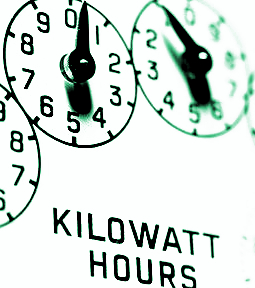AER reports drop
 The Australian Energy Regulator (AER) has reported a significant decline in wholesale energy prices and demand.
The Australian Energy Regulator (AER) has reported a significant decline in wholesale energy prices and demand.
The regulator says the drop for the July to September period in 2023 was driven by mild weather conditions and increased renewable energy generation.
Average wholesale electricity prices in the National Electricity Market dropped to less than half of the previous year's levels. With the exception of South Australia, prices were comparable to those in the third quarter of 2021.
Electricity demand hit its lowest point ever for a third quarter, dropping about 5 per cent below the same period in the previous year.
This decline was attributed to mild weather and a remarkable 31 per cent increase in rooftop solar output.
Low demand, coupled with attractive low-price offers from generators, resulted in lower energy prices.
In east coast gas markets, residential and commercial gas demand plummeted to a decade-low due to similar mild weather conditions.
Domestic gas spot market prices averaged just above $10 per gigajoule, marking a 28 per cent decrease from the previous quarter and a 60 per cent decrease from the same period in the previous year.
International liquid natural gas spot prices surged during the quarter, as is typical when the Northern Hemisphere experiences increased winter heating demand.
However, this winter is expected to have a milder impact on prices compared to 2022, given that European storage levels reached their targets early in the season.
On the home front, the Iona storage facility concluded the quarter with record-high storage levels.
This surplus, along with projected gas surplus conditions, puts market participants in a better position to manage gas-powered generator demand peaks over the upcoming summer.
“Not only did we see energy prices and demand fall during the July to September period, but we also saw a number of quarterly records set for rooftop solar output, electricity demand and gas storage levels,” said AER Board Member Jarrod Ball.
“The National Electricity Market also saw black coal contribute 45 per cent to total output, its lowest share on record.
“As the energy transition progresses it was pleasing to see 2 windfarms, 2 solar farms and 2 batteries commence generating during the quarter and while they will add 800 megawatts of capacity once fully commissioned more is needed to keep pace with the planned coal plant retirements over the next decade,” Mr Ball said.
However, he underscored the necessity for further capacity to keep up with planned coal plant retirements over the next decade.
More details are accessible here.







 Print
Print